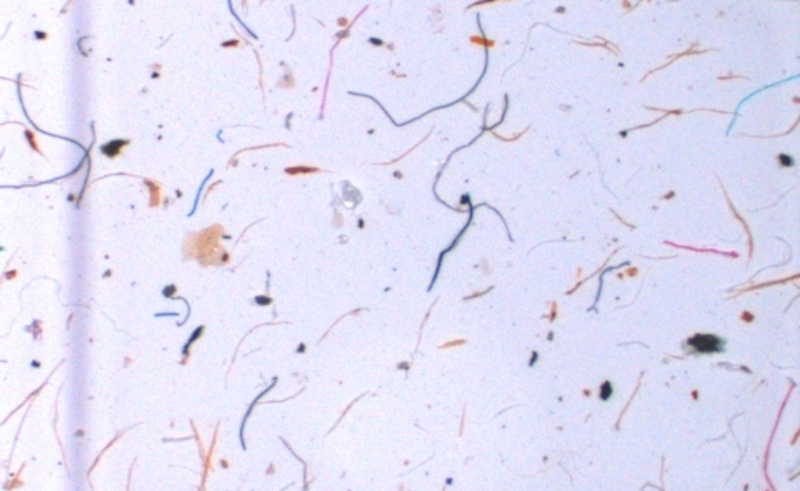ENVIRONMENT | Microplastic contamination found in common source of groundwater
A study of the University of Illinois (UI) has identified microplastic fibers, along with a variety of medicines and household contaminants, in two aquifer systems in U.S. state of Illinois.

CHICAGO, ILLINOIS — A study of the University of Illinois (UI) has identified microplastic fibers, along with a variety of medicines and household contaminants, in two aquifer systems in U.S. state of Illinois.
The researchers collected 17 groundwater samples from wells and springs, 11 from a highly fractured limestone aquifer near the St. Louis metropolitan area and six from an aquifer containing much smaller fractures in rural northwestern Illinois.
All but one of the 17 samples contained microplastic particles, with a maximum concentration of 15.2 particles per liter from a spring in the St. Louis area. The researchers found that concentrations from the field areas are comparable to those of surface water concentrations found in the rivers and streams in the Chicago area.
The researchers also identified a variety of household and personal health contaminants along with the microplastics, a hint that the fibers may have originated from household septic systems.
There is still a monumental amount of work to be done on this subject, said John Scott, a researcher at the Illinois Sustainable Technology Center and the study’s co-author. He anticipated that microplastic contamination in both surface water and groundwater will be a problem for years to come.
“Even if we quit plastics cold turkey today, we will still deal with this issue for years because plastic never really goes away,” Scott said. “It is estimated that 6.3 billion metric tons of plastic waste have been produced since the 1940s, and 79 percent of that is now in landfills or the natural environment.”
“It is such a weird concept that these materials are intended for single use, yet they are designed to last forever,” Scott added.
Fractured limestone aquifers, a groundwater source, account for 25 percent of the global drinking water supply.
The findings were published Wednesday in the journal Groundwater.


